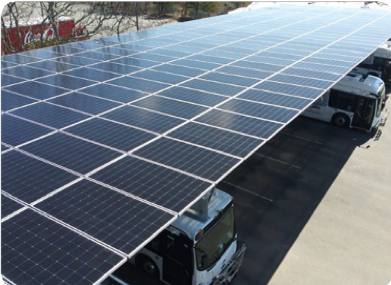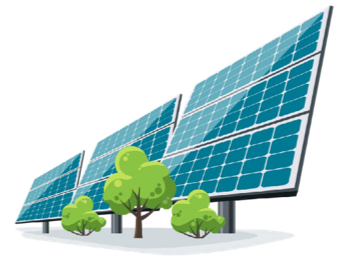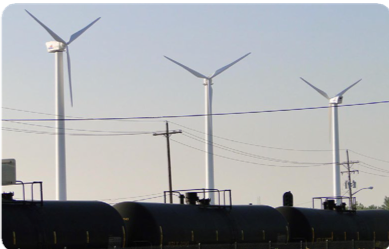
Powering Public Transportation Agencies and Vehicles with Green Energy
- Date: June 22, 2022
Jump to section
Introduction
Fossil fuels have been relied on for decades to power our electrical grid and heat our buildings. However, combusting fossil fuels produces greenhouse gases, particulate matter, and other pollutants, which have been directly linked to climate change, health complications, and environmental and infrastructure degradation. That is why some public transportation agencies are choosing green energy to power their vehicles and facilities. Green energy is a zero-emissions alternative to fossil fuel combustion for energy production and is generated from natural resources that cannot be depleted. The green energy sources covered in this fact sheet include solar, geothermal, and wind.
Types of Green Energy
EFFECTIVE LIFE/USEFUL LIFE OF EACH GREEN ENERGY
- Solar panels and collectors typically last between 15-20 years before needing to be replaced as they degrade roughly 0.5% generation capacity per year. The panels need to be routinely cleaned over the lifespan to ensure they function properly.
- Geothermal heat pumps have an average life of over 20 years, and the underground piping infrastructure can last up to 50 years before needing to be replaced.
- Turbines typically last 20 years with routine maintenance and operation.
ENVIRONMENTAL IMPACTS ON EACH GREEN ENERGY
Every green energy resource has minimal environmental impacts in comparison to fossil fuel energy resources. Outside of the regional electric grid emissions required to power a geothermal heat pump, green energy resources do not emit greenhouse gases or particulate matter during operation. Additionally, early life-cycle impacts (e.g., material mining, transport, and manufacturing) of solar panels, heat pumps, and wind turbines are significantly lower compared to the exploration, mining, and transportation needed acquire and combust fossil fuel resources.


 Wind energy is captured by a turbine that operates similarly, but in reverse order to, a fan. Wind turbines generate electricity as air hits its blades and causes them to rotate. Many wind turbines serve as a power plant to the grid by being placed at locations with high wind speed, such as the turbines that are numerous stories high and commonly seen on drives through the countryside. For onsite generation at a building, small turbines can be placed on the building roof but have a limited capacity for power production.
Wind energy is captured by a turbine that operates similarly, but in reverse order to, a fan. Wind turbines generate electricity as air hits its blades and causes them to rotate. Many wind turbines serve as a power plant to the grid by being placed at locations with high wind speed, such as the turbines that are numerous stories high and commonly seen on drives through the countryside. For onsite generation at a building, small turbines can be placed on the building roof but have a limited capacity for power production.





